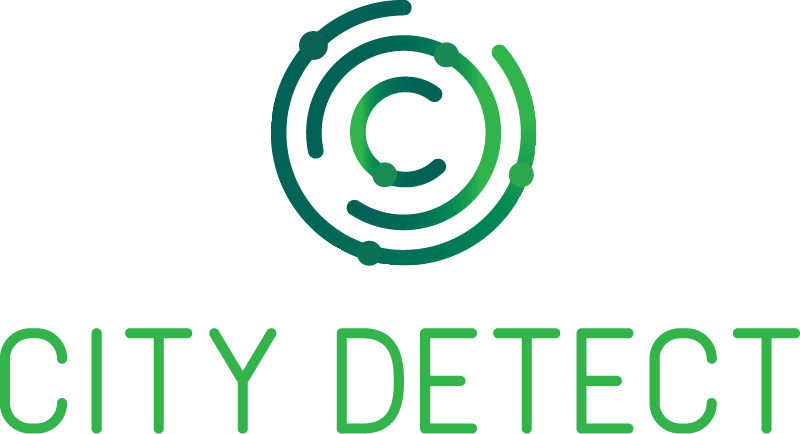September is a busy time… back to school, Labor Day celebrations, and National Preparedness Month. National Preparedness Month is a month-long national campaign to support community engagement activities in disaster preparedness. National Preparedness Month is organized and sponsored by FEMA. Each year, FEMA picks a theme. This year’s theme is “Preparing for Older Adults.” Older adults are especially at risk of natural disasters. “We know older adults can face greater risks when it comes to the multitude of extreme weather events and emergencies we now face, especially if they are living alone, are low-income, have a disability, or live in rural areas.”
An Opportunity for Community Engagement Activities
National Preparedness Month presents a perfect opportunity for code enforcement departments and municipalities to actively engage with the communities. Code enforcement officers play a critical role in ensuring the safety and well-being of citizens, and fostering a strong relationship with the community can lead to enhanced preparedness and disaster response. This blog post explores fun ways for your code enforcement department to engage with the community to build relationships and promote safety, awareness, and resilience.
We recommend you break the month into 4 weeks with activities specific to the teme of the week:
- Week 1: Make and Practice a Plan – Emphasizes the importance of having a family emergency plan and practicing it regularly.
- Week 2: Build a Kit – Encourages individuals to assemble an emergency supply kit with essential items to sustain them during disasters.
- Week 3: Prepare for Disasters – Raises awareness about the specific hazards and risks in the local community and how to prepare for them.
- Week 4: Teach Older Adults about Preparedness – Involves engaging independent living communities, adult education programs, assisted living facilities, and events for family and caretakers.
Here are 10 ideas for engaging community members to get the word out about code compliance and safety during natural hazardous weather events.
Looking for funding for community clean-up events? Check out our recent post on federal grant funding available to help your municipality with revitalization goals.
10 Low-Budget Community Engagement Activities
1. Community Workshops
Organize interactive workshops that educate residents on code regulations, safety standards, and disaster preparedness. Encourage open discussions, address concerns, and provide practical tips on how to safeguard their homes and neighborhoods during emergencies.
2. Safety Inspections and Home Visits
Offer voluntary safety inspections for residents who wish to have their homes assessed for potential hazards or code violations. Conducting home visits allows code enforcement officers to establish a direct connection with residents and offer personalized advice on disaster preparedness.
3. Neighborhood Watch Programs
Collaborate with local community leaders and law enforcement to set up neighborhood watch programs. These programs not only improve security but also create a platform for disseminating important preparedness information.
4. Emergency Preparedness Fairs
Host an emergency preparedness fair where local agencies and organizations can showcase their disaster response capabilities and resources. Encourage residents to participate in simulations and training exercises to better understand emergency protocols.
5. Social Media Campaigns
Leverage the power of social media to reach a wider audience. Create engaging content such as infographics, videos, and live sessions that cover various preparedness topics. Encourage residents to share their preparedness stories and tips.
6. Community Clean-up Events
Combine preparedness with community service by organizing clean-up events. Not only do they beautify the neighborhood, but they also help identify and address potential code violations that may exacerbate hazards during disasters.
7. Code Enforcement Academy
Establish a “Code Enforcement Academy” that offers residents a chance to understand the role of code enforcement officers and how they contribute to community safety. This interactive program can dispel myths and build trust between the department and residents.
8. Preparedness Competitions
Organize preparedness competitions, quizzes, or challenges that incentivize community members to actively engage in disaster preparedness activities. Offer prizes that encourage participation and motivate residents to be better prepared.
9. Collaboration with Schools
Engage with local schools to integrate disaster preparedness into their curriculum. Conduct drills and workshops for students, teachers, and parents to ensure that safety practices extend beyond the household level.
10. Preparedness Pledge
Encourage residents to take a preparedness pledge, committing to implementing safety measures and sharing their knowledge with others. Display these pledges in prominent community spaces to foster a sense of collective responsibility.
Conclusion
National Preparedness Month presents a great opportunity for municipalities and code enforcement departments to promote community engagement activities and promote a culture of safety and preparedness. By implementing these ten community engagement activities, municipalities can strengthen ties with residents, enhance awareness, and empower individuals to play an active role in safeguarding their neighborhoods during emergencies. As a result, our communities will be better equipped to face challenges and bounce back stronger in the face of disasters.
For additional information and resources, visit FEMA’s website. For funding opportunities related to disaster mitigation, check out FEMA’s Hazard Mitigation Grant Program.
